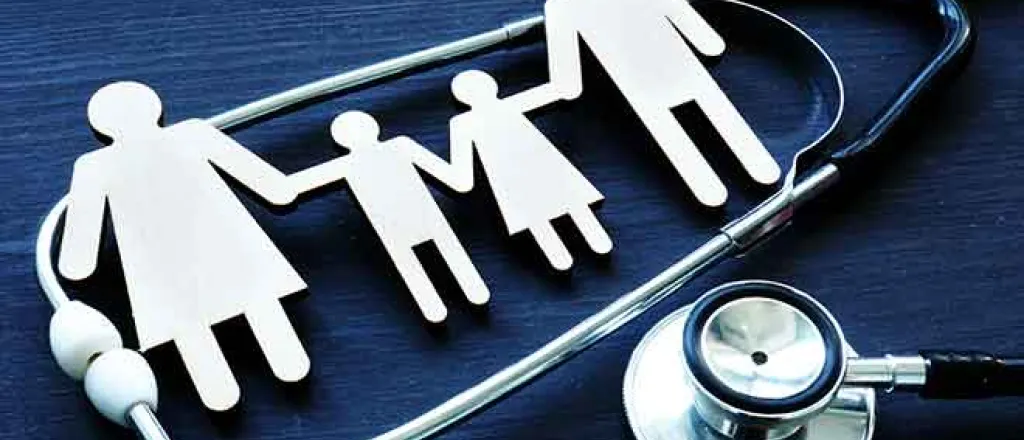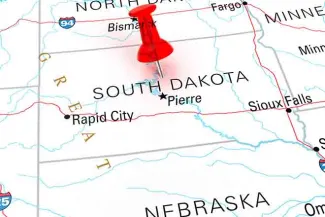
Report: South Dakota Medicaid expansion enrollment remains low
Click play to listen to this article.
(Greater Dakota News Serice) Last year's Medicaid expansion in South Dakota increased eligibility to another 51,000 adults but a new report showed among people across the state who qualify, only 39 percent are enrolled.
Groups likely to be uninsured include young adults and American Indian young adults, about half of whom are uninsured but now qualify for Medicaid benefits.

© iStock - klenger
Xanna Burg, director of South Dakota Kids Count, said low enrollment rates are, in part, due to timing. She explained the expansion was rolling out just as states were ending the federal requirement which kept everyone on Medicaid covered during the pandemic.
"I think having those happen in tandem hurt the ability to really do this significant outreach to eligible populations," Burg observed. "Because you're trying to deliver one message saying, 'We've expanded eligibility,' and then there's this other message that's saying, 'You need to, like, re-enroll.'"
Matt Althoff, secretary of social services, has said some people who were disenrolled are making more income and no longer qualify and this should be celebrated. The expansion actually increased the income level for households to qualify, from just over $14,000 a year for a family of four, to about $43,000.
Burg noted one challenge for enrollment is, the information helping to determine eligibility is housed under different programs in the state. She argued more communication could boost the numbers.
"Thinking about where programs can talk to each other, whether it's through SNAP or WIC or the Free and Reduced Price Lunch Program," Burg suggested. "Working across agencies to really identify these populations that might be eligible."
State officials said it could take up to two years to reach full enrollment.















